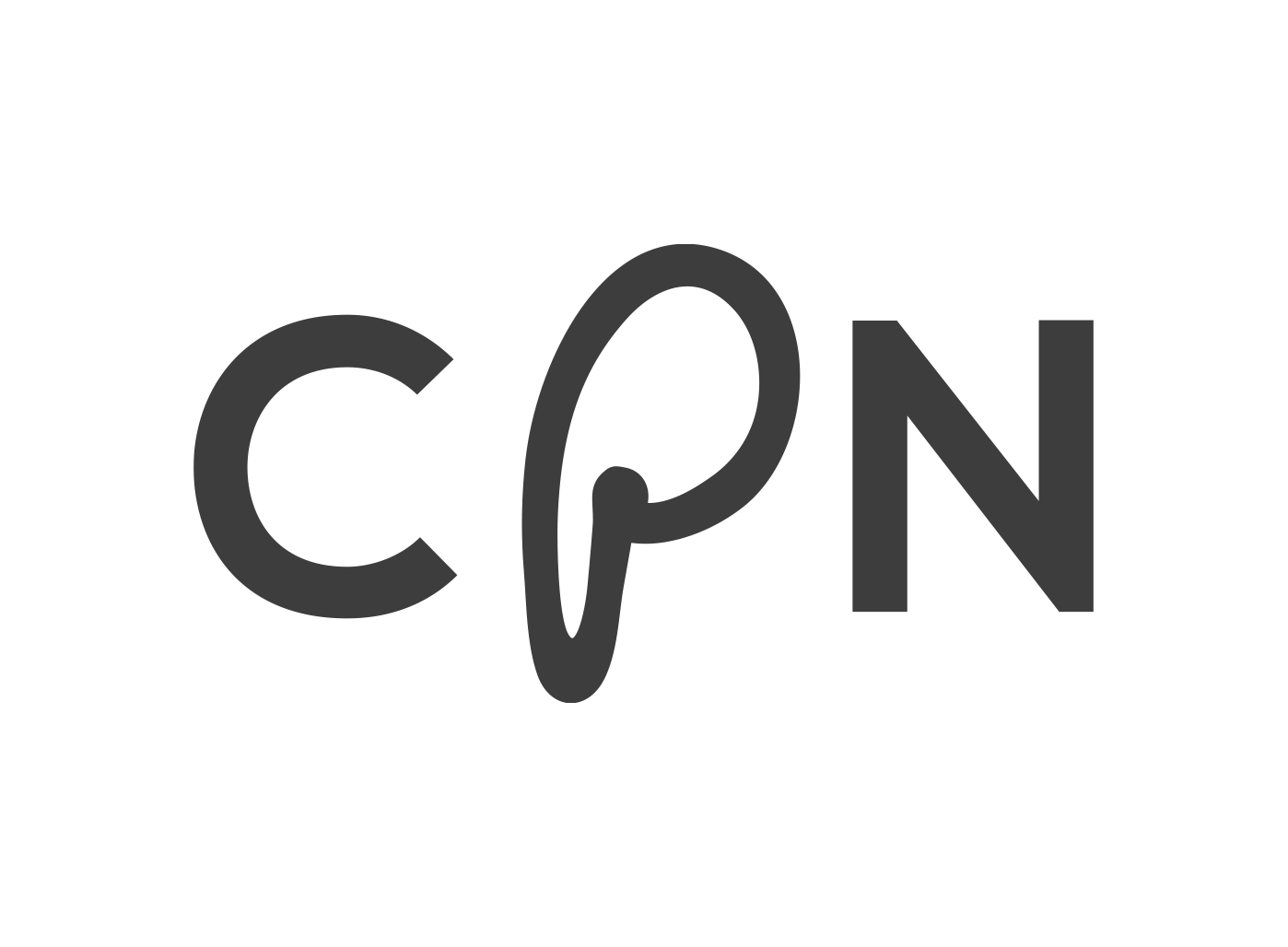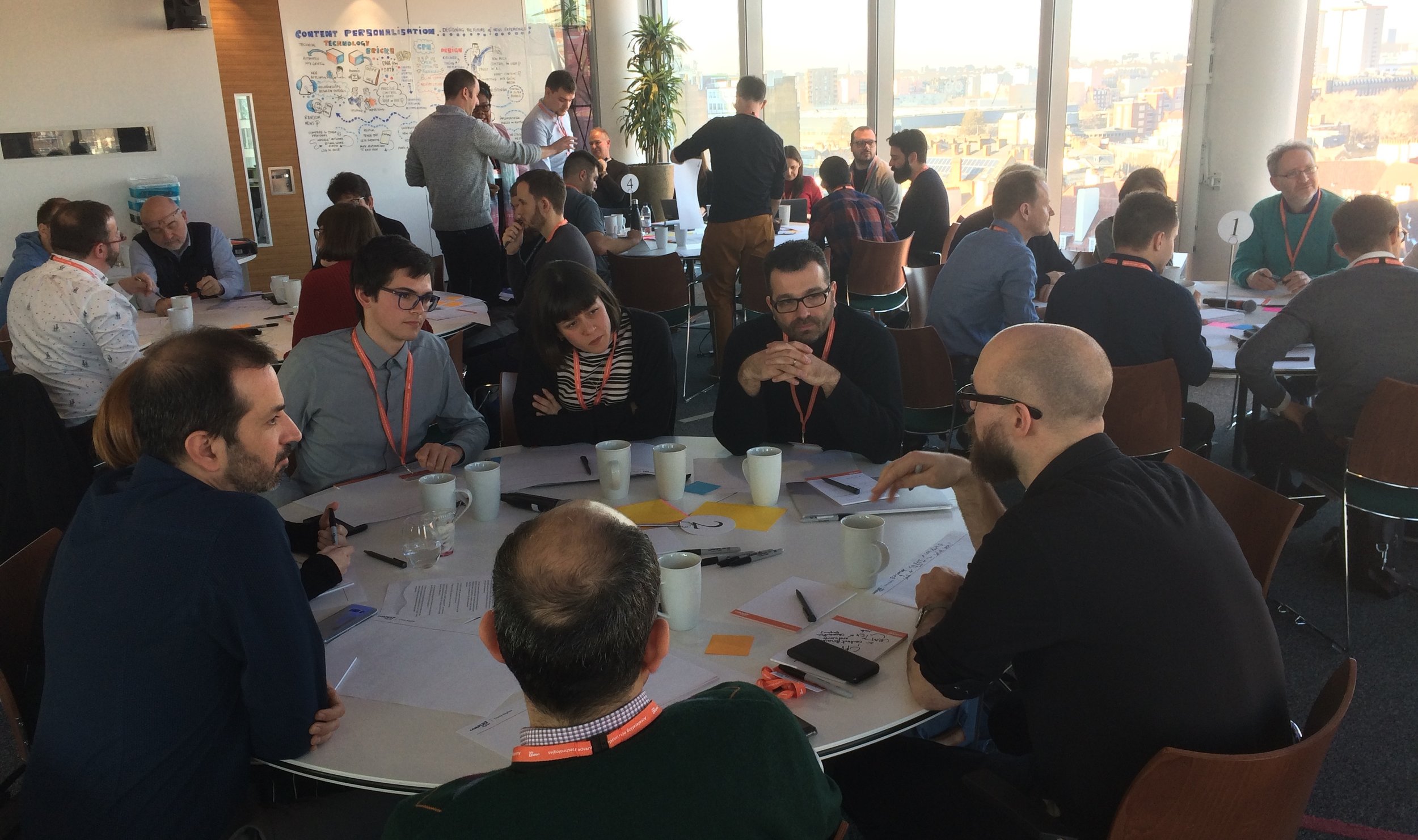Discover the “technology bricks” that power the CPN platform
/Our new report outlines the conceptual architecture and the technological infrastructure – what we call “technology bricks” – that power the CPN platform. The full report includes a description of each component, the functionality it provides, along with parameters, inputs, output, and API examples.
These components include Semantic Lifting, Topic Extractor, Uplifting/Depressing Article Classifier, Recommender AB-Testing, and Twitter Analytics
The set of “technology bricks” took as a starting point the user requirements collected earlier in the project. These “bricks” constitute the second version of the platform infrastructure, which will be ready by the end of May 2019.
For the second prototype of the CPN platform, the implementation of the features has been prioritised in a way that allows us to follow the planned schedule, while adding meaningful functionalities that will also be improved and extended in future prototypes.
Subsequent versions of the platform components are expected to provide updated versions of the currently available bricks along with possible new bricks, in order to adapt to possible new requirements and functionalities needed by the constantly evolving CPN platform during the implementation phase of the project.
Read the full report on the "technology bricks" here. Stay tuned for our second CPN platform release!
(Image by Kvistholt Photography on Unsplash)








